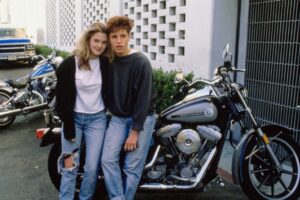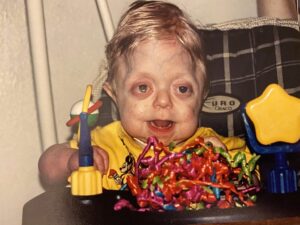
When that familiar sitcom theme faded and the credits rolled, audiences weren’t just leaving a half hour of television — they were saying goodbye to characters who felt like family. Photographs that pair early promotional stills and episode captures with contemporary portraits do more than show aging faces; they tell a story about cultural change, the unpredictability of showbiz, and the ways television can shape both viewers and performers. Looking at the cast “then and now” gives us a chance to reflect on a phenomenon few other media experiences replicate: shared cultural memory.
At the series’ height, the show offered a bright, frequently funny portrait of domestic life, sibling rivalry, and community. Its ensemble mixed slapstick, warmth, and moments of sincere emotional heft, giving each cast member a distinct role to play in the family dynamic. These roles were crucial — they became shorthand for moral lessons, comic timing, and a kind of aspirational resilience that felt accessible to viewers across generations.

Fast forward decades, and the juxtaposed images prompt a variety of reactions. Some former cast members continued in the entertainment industry, parlaying their sitcom visibility into recurring television parts, guest roles, or steady work behind the camera. Others stepped away from long-running public careers, shifting into teaching, advocacy, or entirely different professions. A few embraced the nostalgia circuit: reunion specials, fan conventions, and documentary projects that revisit the show’s cultural footprint. The “then” photos capture a moment of on-set energy and youthful possibility; the “now” photos are often quieter, reflective, and resonant with lived experience.
Beyond career trajectories, the images encourage us to think about how television itself has changed. Production values, storytelling conventions, and the economics of serialized entertainment have been transformed by streaming platforms, social media, and shifting audience habits. A cast that once relied on weekly broadcast exposure now exists in a media ecology where brief viral moments, podcast interviews, or curated social-media updates can define public perception. For many viewers, seeing older, matured versions of characters they loved in their youth sparks bittersweet nostalgia — a recognition that both the audience and the actors have moved through time together.

There’s also a humane dimension to these comparisons. The smiling portraits, the lines at the corners of the eyes, the subtle fatigue or warmth in a contemporary snapshot — all remind us that actors are people with families, choices, and setbacks. They lived through the same cultural shifts their show partly helped usher in: changes in representation, shifts in sitcom humor, and evolving expectations about on-screen diversity and responsibility.

Finally, these then-and-now images serve as a communal mirror. They invite fans to revisit why the show mattered — its humor, its heart, and its unpretentious commitment to depicting family life — while acknowledging the distance time places between the original broadcast and today. Whether the cast members continued in the spotlight or stepped into quieter lives, their collective story enriches the legacy of the show: a reminder that beloved television is both a cultural artifact and a living history, carried forward by the people who brought it to life.




